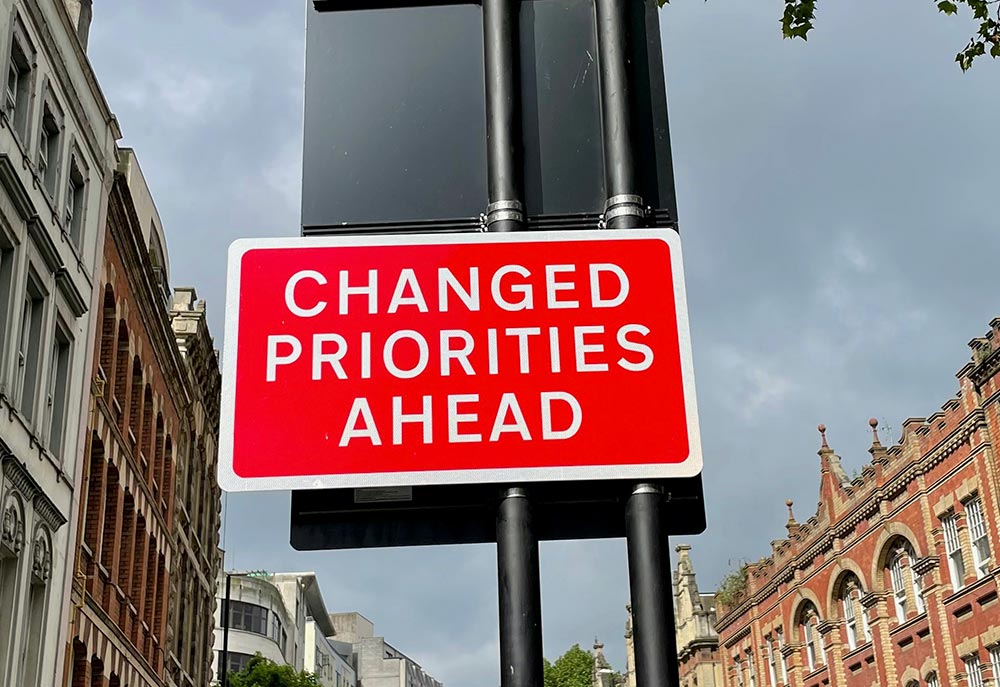I remember the first Sunday I went in view of a call to the church we would ultimately replant. There were many things that stood out which would likely require attention once we began the work there, one being worship.
You know the song; “This is the Day” most frequently categorized as a children’s song sung in VBS or children’s church, is not something you’d normally expect to hear in gathered worship on a Sunday in 2012, but we sang it and not very well.
Many church experts will tell you that if your corporate worship is weak, you’ll struggle as a church. If the corporate worship through song is distracting, done poorly or stylistically lacking or way out of date, your guests may not return for a second visit, and your congregation will struggle to hear the message you are preaching. As a church, you need find your lane, and know what are you are capable of doing well. You cannot be like the mega-church across town or the hip church plant in the school just a few miles away. Your church is what it is, but that doesn’t mean you have to accept status quo or poor execution.
Here’s how we approached making changes in our worship gatherings:
1. Develop and communicate a solid biblical theology of worship in form and practice.
First and foremost, worship is for God, not the congregation. Our preferences in style are not the chief concern. In worship, God is to be glorified and honored through theologically accurate songs, the reading of scripture and times of congregational response. Corporate worship that is done well not only honors God, but also leads to transformation for the congregation. A church needing to be replanted may be a congregation that has not been led well or taught to worship.
2. Determine how God is leading.
The best decisions are made in plurality, not in isolation. This doesn’t mean you should approach worship transitions through congregational surveys and engage in mass groupthink. That could be a trainwreck. Start by recruiting key church leaders and those who lead in the worship gatherings, and do some work. Attend worship gatherings at other churches with Saturday or Sunday evening services. Listen to new worship music, watch worship services online. Debrief the experiences according to your theology not just preferences, and prayerfully ask God how He might be leading your church to change and grow in worship.
3. Discern what you are capable of doing.
Our church had two pianists. One was very accomplished and could play anything handed to her. The other had to have at minimum two weeks preparation time and even then only felt comfortable with the most basic arrangements. At the time, our worship leader only sang and did not play any instruments. We were a bit restricted with what we could do in those early days. So, we did what we could do and attempted to lead with as much excellence as we could bring. At times it was good, and at times it was painful. We committed to progress not perfection.
4. Transition purposefully.
Everyone knew that our worship would need to change stylistically, so we began slowly. Most every church of age has hidden in its building somewhere historic photos of its early days. I found a few photo albums and discovered that in addition to the expected choirs and children’s musicals, our church at times had a full band. In the 70s electric and acoustic guitars, bass and drums had been part of church’s worship history—something in which I greatly rejoiced. Our challenge was not in bringing instruments like these in for the first time, it was finding people who could play them well and having the wisdom to introduce them back into corporate worship at a pace our congregation could handle. After three months of piano only, we added an acoustic guitar. In year two we added a drum kit. Now, in year five, we have a full band that plays a couple of times per month.
5. Sing widely.
The church worship wars in the 80s and 90s erupted mainly over style and song choice. In those battles we lost perspective. Scripture is abundantly clear that we are to have variety in worship. Paul writes; …addressing one another in psalms and hymns and spiritual songs, singing and making melody to the Lord with your heart (Ephesians 5:19).
There’s not one “right style” of worship musically. Psalms, hymns and spiritual songs were always meant to be part of the Church’s practice in worship. I grow steadily encouraged to hear age old hymns sung in worship with new arrangements creating freshness which allows for both young and old to worship passionately together side by side.
In Gordon McDonald’s book; Who Stole My Church, he tells a story of young Isaac Watts who was to become a famous hymn writer. The younger Watts was complaining about the Psalmody (corporate singing of Psalms) to his father as they walked home from church. Watt’s father, a pastor himself, paused and the responded with great wisdom saying; “Son, why don’t you mend the matter.”
That’s really good advice for a Replanter.
Published September 7, 2017



